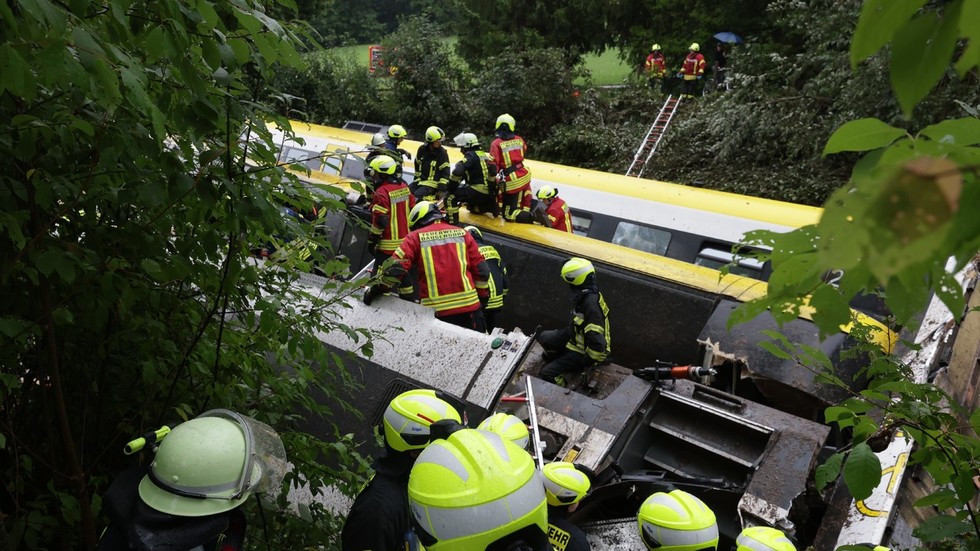Fireworks are equal parts lovely and ugly—lovely because, well, they’re fireworks, and who doesn’t enjoy a good pyrotechnic sky show? The ugly part comes mostly after, in the haze of toxic gases and particles the blasts produce, along with the rain of paper, cardboard, and metal debris, and the lingering trauma to pets and wildlife, who take a lot less pleasure from the bangs and flashes than we do.
According to estimates by the American Pyrotechnics Association (APA), the average July 4th in the U.S. will see about 14,000 public fireworks displays. In 2021, the last year for which the APA provides figures, Americans bought and launched more than 428 million lbs. of fireworks. That’s an awful lot of ordnance—and it can produce an awful lot of problems.
One of the biggest environmental dangers of fireworks displays is the dispersal of fine particles of sulfur dioxide, nitrogen oxide, and more, measuring just 2.5 microns—or 2.5 millionths of a meter. These so-called PM2.5 particles can become deeply embedded in the lungs and even enter the bloodstream, contributing to decreased lung function, increased respiratory distress, aggravated asthma and COPD, irregular heartbeat, heart attacks, and premature death in people with preexisting heart or lung disease, according to the Environmental Protection Agency (EPA). One 2015 study in the journal Atmospheric Environment found that levels of PM2.5 particles rose 42% at 315 firework sites surveyed nationwide during July 4th celebrations. The increases peaked between the hours of 9:00 and 10:00 p.m. and didn’t dissipate until noon on July 5. Spikes in some lung conditions may occur from a single fireworks show.
"Fireworks massively reduce air quality with their explosions of particulate matter," says Bill Bateman, associate professor in the school of molecular and life sciences at Australia's Curtin University. "This can have a pretty immediate effect on our breathing and our health. In many places around the world there are reported peaks in respiratory problems after fireworks."
“What level of exposure you get depends on your activity levels—for instance, whether you’re outdoors—and, if you’re indoors, how leaky your house is,” said Jun Wu, a professor of environmental and occupational health at the University of California, Irvine’s program in public health, in a 2024 conversation with TIME. “If you have to go outside, wearing a [N95] mask would be good.”
Particles aren’t all fireworks produce. According to a 2024 study in Applied Geochemistry, they also release, carbon dioxide, and carbon monoxide—which can cause lung damage—along with several metals, including aluminum, manganese, and cadmium. Some illegal fireworks may even contain lead, warns the American Lung Association (ALA). It is not generally possible to determine if fireworks contain lead since it won’t be listed on the ingredients. The Consumer Products Safety Commission recommends buying only known, reputable brands.
Airborne contaminants will ultimately settle out—but that can be a problem because they may wind up in water and soil and on plants. Perchlorates, a common ingredient in fireworks, flares, fertilizer, and solid rocket fuel, can pollute lakes, rivers, and reservoirs, endangering wildlife and entering the drinking water supply. In humans, perchlorates affect the function of the thyroid gland, which can alter metabolism. In infants and babies still in the womb, perchlorates may interfere with normal growth and central nervous system development. Soil, too, collects more than trace amounts of perchlorates, along with metals. By themselves, the perchlorates found in fireworks may not be enough to cause harm, but they add to the overall load of the chemical in the environment, which can ultimately be dangerous.
Contamination that winds up in water and soil tends to linger there—perhaps longer than expected. From 1999 to 2009, fireworks displays were set off on Independence Days at Mt. Rushmore in South Dakota. From 2011 to 2015 researchers from the United States Geological Survey (USGS) returned and sampled water from 106 sites and soil from 11 sites in that vicinity. All of them showed perchlorate contamination and fireworks debris—especially on the northeast side of the park, where the pyrotechnics went off.
“The lack of alternative perchlorate sources in the area, such as a military site or agricultural land with applied fertilizers, and the presence of firework debris, suggest that past fireworks are the perchlorate source,” said one USGS scientist in a statement.
Animals suffer too, both from the same pollutants that threaten humans and from the noise and light of fireworks displays. One 2023 paper in Pacific Conservation Biology reported that nearly 75% of companion animals studied—from horses to dogs to smaller mammals—showed fear responses to fireworks. Some horses broke paddock fences and sustained injury trying to escape the flashes and bangs. Fireworks displays can interfere with the breeding season of birds, with one study the 2023 paper cites showing that fireworks festivals in Valencia, Spain, in April and May of 2015 reduced the breeding success of house sparrows. When the pyrotechnics were canceled in 2020 due to the COVID-19 pandemic, the sparrow populations bounced back. Independence Day celebrations in California similarly diminished populations of Brandt’s Cormorants.
"Disturbing roosting migratory birds at night can result in mass deaths," says Bateman. "Disturbing breeding birds can result in colony collapses. Seals and sea lions leave [affected] areas and expend energy swimming away during fireworks."
And then there's the problem of litter. Every exploding firework rocket will eventually tumble and flutter down to the ground in a cloud of debris. "There are local peaks in microplastics and other plastic waste after fireworks," says Bateman. "Once in the environment they are there for good effectively."
There are alternatives to fireworks. Both drones and laser shows can produce visual spectacles that have no environmental footprint apart from the energy used to operate them, and health and environmental groups are increasingly calling for towns, cities, and individuals to make the switch. The Fourth of July celebrates the founding of the nation. What better way to honor that nation than to keep it peaceful and clean?

 3 weeks ago
10
3 weeks ago
10










 English (US) ·
English (US) ·